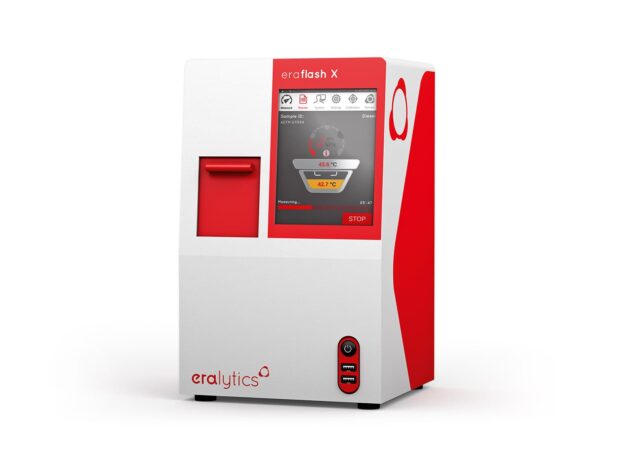Standard Specification for Kerosine.
Get more information about the standard at ASTM D3699-19.
ASTM D3699 is a standard specification that outlines the requirements for kerosene, including its physical, chemical, and performance properties. This specification is crucial for ensuring the safety, efficiency, and reliability of kerosene used as fuel in heating appliances, lamps, and certain aviation applications. It establishes clear guidelines for manufacturers, distributors, and users of kerosene to meet quality standards.
Details
ASTM D3699 defines the minimum quality standards for kerosene, focusing on its suitability for different applications. Key aspects of the standard include:
- Grades: It specifies two grades of kerosene: No. 1-K and No. 2-K
- Critical Properties like Flash Point, Sulfur Content, Distillation Range, Freezing Point and Appearance
- Testing Methods: The standard references various ASTM test methods, including those for sulfur content and flash point, to evaluate compliance with its specifications.
By adhering to ASTM D3699, manufacturers and distributors can ensure consistent product quality, while end-users can trust the safety and performance of kerosene.
Industries and Applications
The specification is vital across several industries that rely on kerosene for fuel:
- Residential heating and lighting: No. 1-K kerosene is widely used in portable heaters, stoves, and lamps, especially in rural or off-grid areas
- Aviation: Kerosene serves as a base for certain aviation fuels, particularly for small aircraft or in regions where specific grades of aviation fuel are not readily available
- Agriculture: Used in farming equipment and heating systems for greenhouses
- Construction: Portable kerosene heaters are common in construction sites during cold weather
- Emergency preparedness: Kerosene’s reliability and storability make it a key fuel for backup lighting and heating during emergencies or power outages
